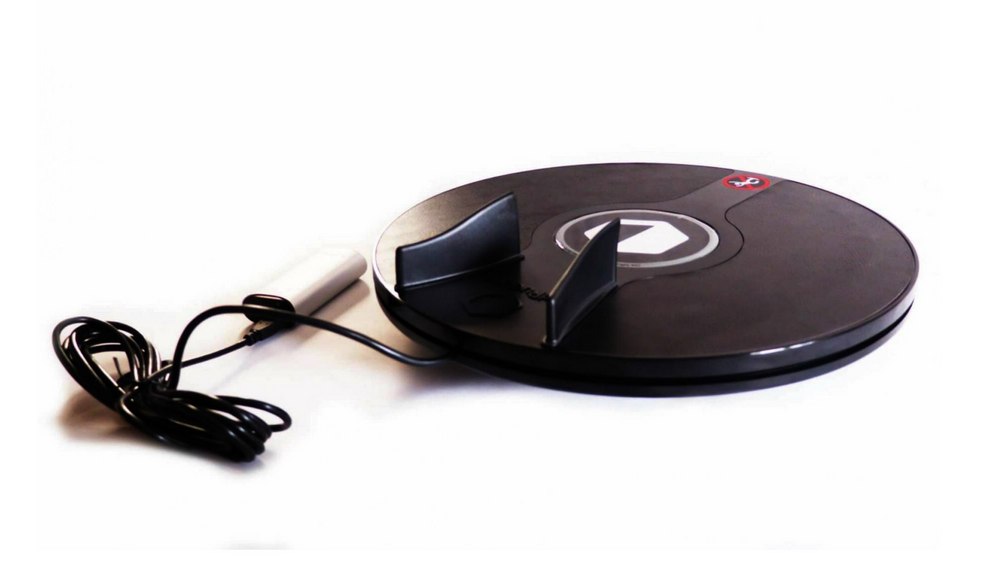3DRudder Pro Wireless Adds Native Foot Controller Support for Quest
3DRudder is a provider of consumer-level hardware solutions that help solve the problems with locomotion in virtual reality. The 3D Rudder Pro controller is compatible with various virtual reality headsets and videogames. In late 2019, the company added Oculus Quest compatibility through Oculus Link. Now Oculus Quest is set to get its own foot controller via the 3dRudder Pro Wireless. This will be an almost wireless version of the company’s foot controller.

The 3DRudder controller is a foot controller in the truest sense of the word. Players can put their feet on the controller and trigger movements in virtual reality by tilting the flat hemisphere.
3DRudder is a perfectly functioning alternative for users that don’t have the space for roomscale virtual reality. However, the fluid locomotion while the user is seated can cause motion sickness for people who are susceptible to that kind of experience.
Up to now, the 3DRudder controller was tied up to a PC or a PlayStation console. The new version of 3DRudder Pro Wireless can be purchased from the company’s official website from March 30, 2020. The controller is supposed to work without cables.
The controller is intended for the Android-based standalone virtual reality headsets such as Oculus Quest. If you have little space and wants to enjoy wireless Virtual Reality with a Quest headset, you will be able to move virtually via a Bluetooth connection.
The 3DRudder controller could be used successfully in conjunction with the Oculus Quest hand tracking. Without a controller with an analog stick or other comparable input options, it can be hard moving in virtual reality.
3DRudder is best suited for users who like playing while seated or who don’t like using directional sticks to move around as it connects wirelessly to the VR headset.
The controller doesn’t have a built-in battery. Users can instead power the 3DRudder Pro Wireless by connecting it to USB port of a PC, the standard USB charger or to a power bank for easy portability. The foot controller features a 4-axis of movement that enables users to tilt 3DRudder forwards/backwards, left or right, rotate it or even exerting pressure to move either up and down.
It is not entirely without a cable
The connection is not entirely without a cable. You still have to rely on a USB connection for power and more. The device has a USB 2.9 cable since the wireless operation needs a power bank or a USB socket adapter.
To connect, you simply have to pair two Bluetooth devices to ensure minimum friction. The foot controller is then used with the Quest hand tracking feature to create more immersive virtual reality experiences.
The 3DRudder Pro Wireless was created for the professional or enterprise market so no videogames have been listed as compatible.
https://virtualrealitytimes.com/2020/03/07/3drudder-pro-wireless-adds-native-foot-controller-support-for-quest/https://virtualrealitytimes.com/wp-content/uploads/2020/03/3DRudder-Pro-Wireless-600x337.jpghttps://virtualrealitytimes.com/wp-content/uploads/2020/03/3DRudder-Pro-Wireless-150x90.jpgTechnology3DRudder is a provider of consumer-level hardware solutions that help solve the problems with locomotion in virtual reality. The 3D Rudder Pro controller is compatible with various virtual reality headsets and videogames. In late 2019, the company added Oculus Quest compatibility through Oculus Link. Now Oculus Quest is set...Sam OchanjiSam Ochanji[email protected]EditorVirtual Reality Times - Metaverse & VR
